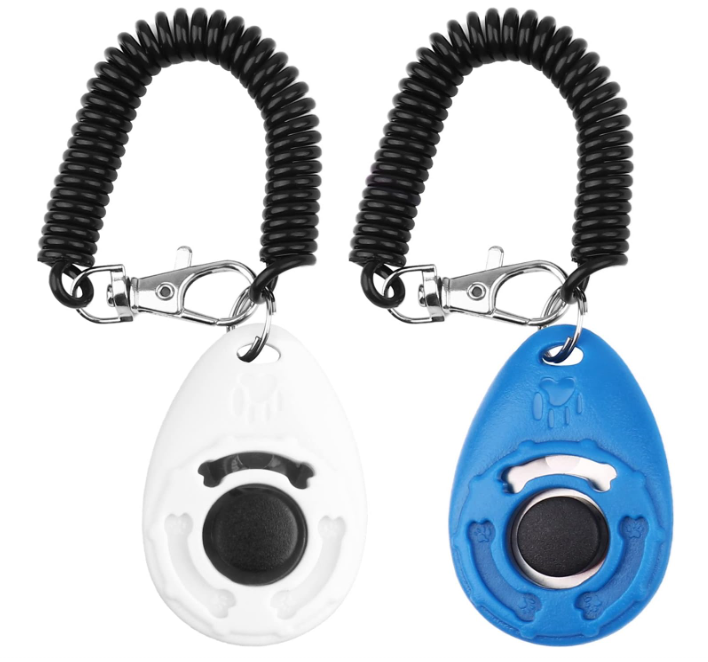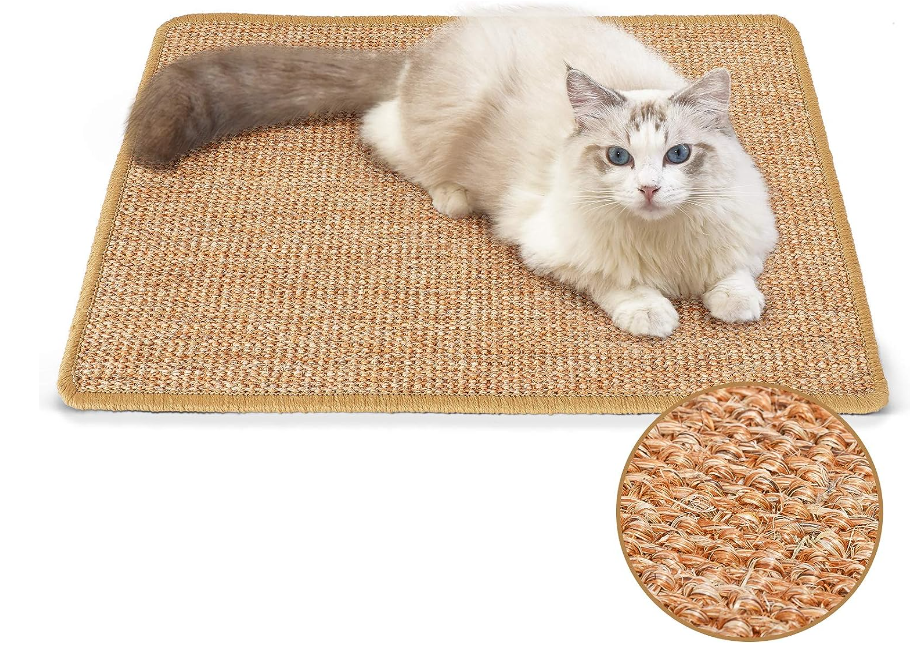Best Cat Training Tips for Happy and Obedient Pets
This post may contain affiliate links, which means I’ll receive a commission if you purchase through my link, at NO EXTRA COST TO YOU
Cats, with their independent nature and curious personalities, often seem like they have a mind of their own. However, with the right approach and a little patience, you can train your feline friend to exhibit desired behaviors and live harmoniously in your home. Whether you’re teaching basic commands or addressing common behavior issues, here are some tips to help you become a cat training pro.

1. Start Early: Like with any training endeavor, it’s best to start early. Kittens are like sponges, eager to learn and adapt to their environment. Begin training as soon as you bring your new furry friend home.
2. Positive Reinforcement: Cats respond best to positive reinforcement. Use treats, praise, and affection to reward desired behaviors such as using the litter box, scratching designated surfaces, and coming when called. This creates a positive association and motivates your cat to repeat the behavior.
CAT LITTER BOXES ;
3. Consistency is Key: Consistency is crucial in cat training. Establish clear rules and boundaries, and stick to them. If you allow your cat on the furniture one day but not the next, it can confuse them and make training more challenging.
4. Clicker Training: Clicker training is a popular method for teaching cats new behaviors. By pairing a clicking sound with a reward, you can communicate to your cat exactly what behavior you’re rewarding. This method is particularly effective for teaching tricks and shaping desired behaviors.
5. Practice Patience: Patience is perhaps the most important virtue when it comes to cat training. Remember that cats learn at their own pace, and it may take time for them to master new behaviors. Stay calm, be consistent, and celebrate small victories along the way.
6. Use Scratching Posts: Cats have a natural instinct to scratch, which can sometimes lead to damage to furniture and other household items. Provide plenty of scratching posts and pads throughout your home to give your cat an appropriate outlet for this behavior. Encourage their use by sprinkling catnip on them or playing with a wand toy nearby
CAT SCRATCHERS ;
7. Addressing Undesirable Behaviors: If your cat is exhibiting undesirable behaviors such as scratching furniture or jumping on countertops, it’s important to address these issues promptly. Use deterrents like double-sided tape or aluminum foil to discourage unwanted behavior, and provide alternative activities or surfaces that are more appealing to your cat.
8. Enrichment Activities: Keep your cat mentally and physically stimulated with enrichment activities. This could include puzzle feeders, interactive toys, or even leash training for supervised outdoor adventures. A stimulated cat is a happy cat, less likely to engage in destructive behaviors out of boredom.
INTERACTIVE CAT TOYS ;
9. Be Understanding: Finally, remember to be understanding of your cat’s natural instincts and behaviors. While you can train them to some extent, it’s important to respect their individuality and not expect them to behave like dogs. Embrace their quirks and unique personalities, and you’ll foster a strong bond built on mutual trust and respect.
In conclusion, while training a cat may require a different approach than training a dog, it is certainly possible with the right techniques and mindset. By using positive reinforcement, consistency, and patience, you can teach your feline companion to be a well-behaved and happy member of your household. Happy training!






















